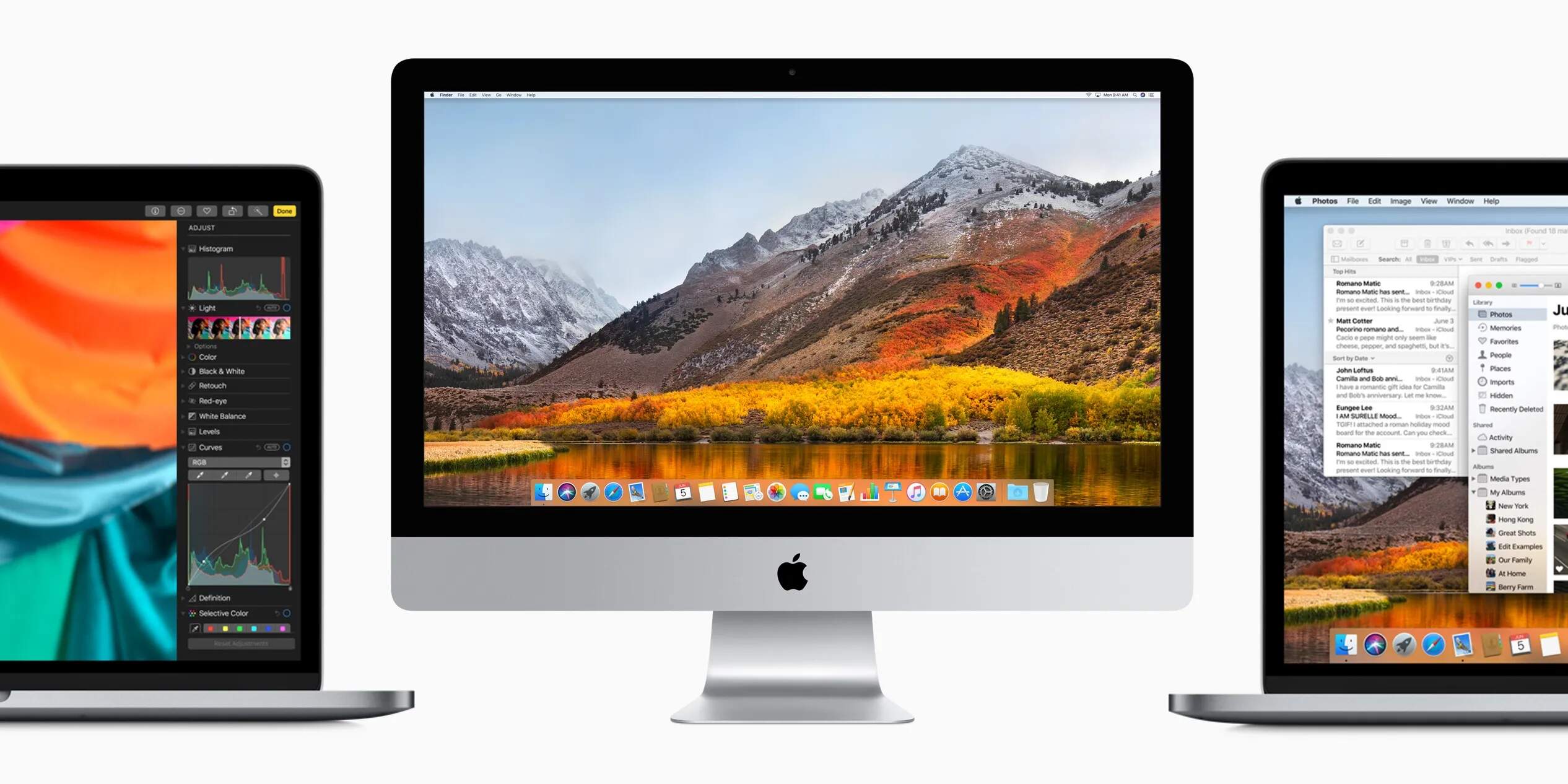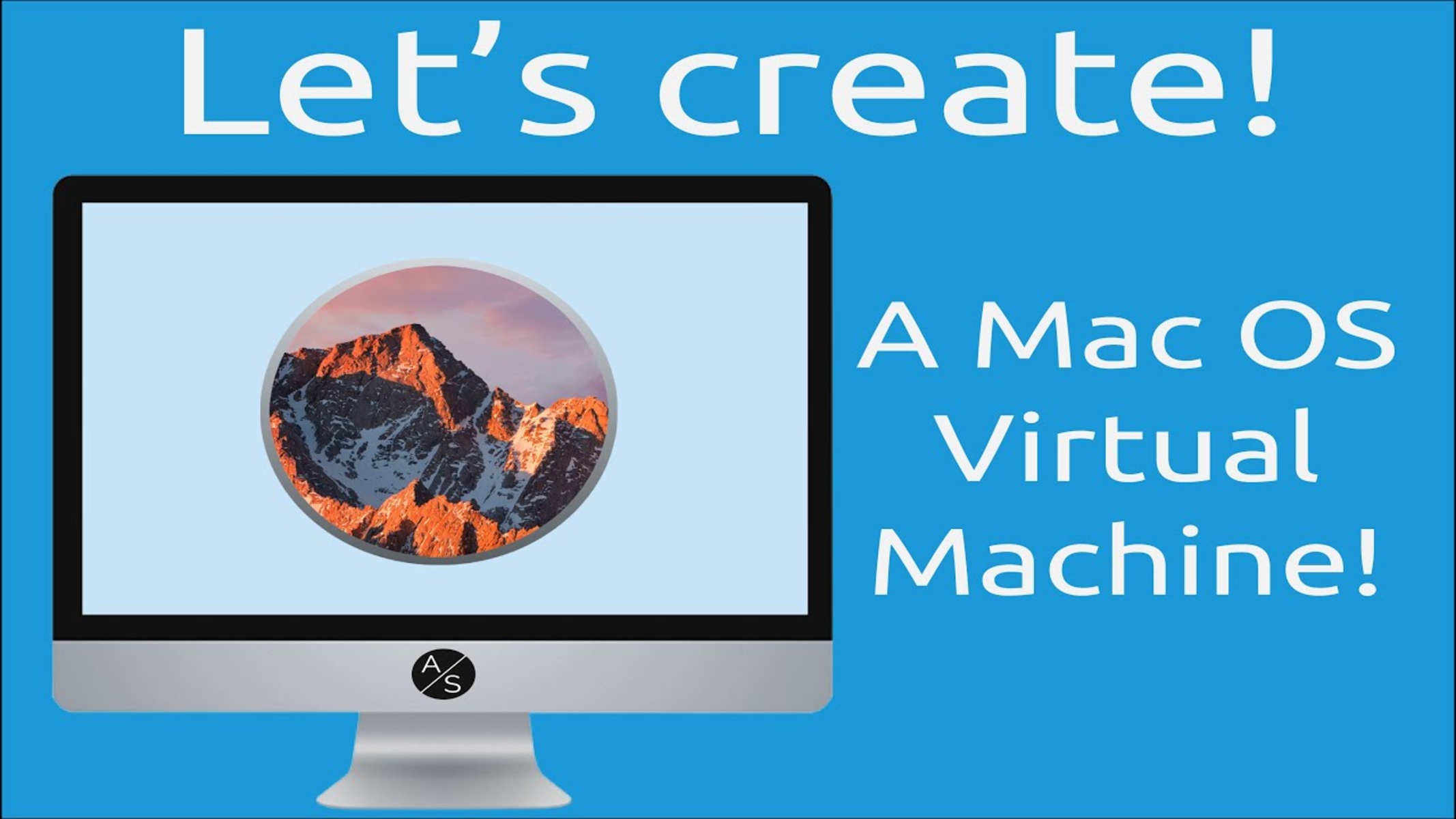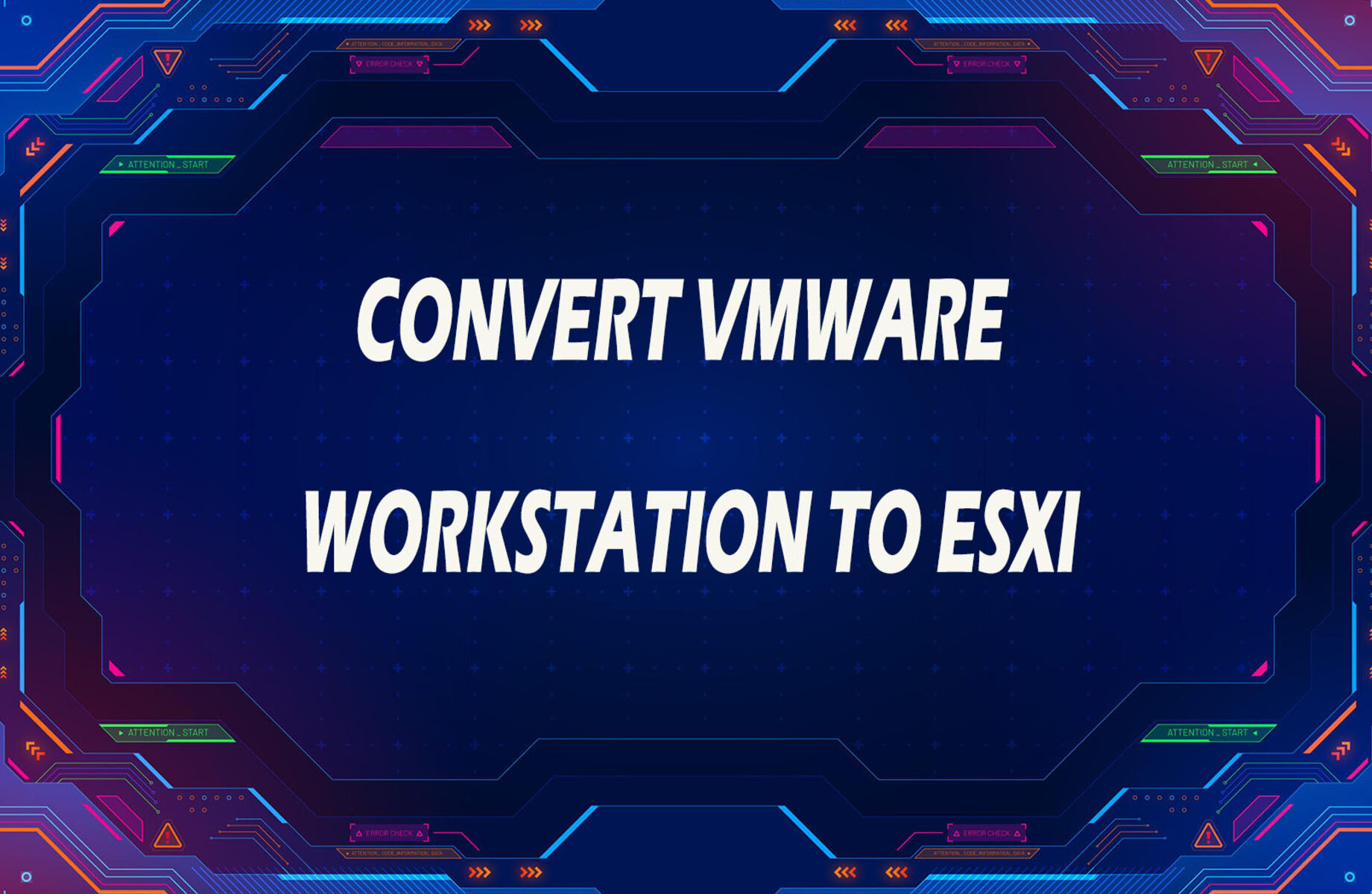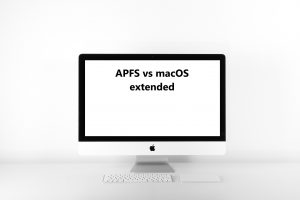Introduction
Welcome to this guide on how to copy a macOS 10.13 virtual session from Workstation to ESXi 7. If you are looking to migrate your macOS virtual machine (VM) from a local Workstation to a remote ESXi server, you have come to the right place.
Moving your virtual session to ESXi allows for better scalability, enhanced performance, and centralized management. However, the process can be a bit complex if not done correctly. In this guide, we will walk you through the step-by-step instructions to ensure a smooth and successful migration.
Please note that this guide specifically focuses on copying a macOS 10.13 VM. If you are using a different operating system or version, the steps may vary slightly. It is also important to note that both Workstation and ESXi should have the necessary licenses and power requirements to ensure a seamless transition.
Before we dive into the details, let’s take a look at the prerequisites to ensure that you have everything you need for a successful migration.
Prerequisites
Before you begin the process of copying your macOS 10.13 virtual session from Workstation to ESXi, make sure you have the following prerequisites in place:
- A working copy of VMware Workstation installed on your local machine.
- A remote ESXi 7 server with administrative access and sufficient storage space to accommodate the migrated VM.
- A stable network connection between your local machine and the ESXi server.
- A macOS 10.13 virtual machine running in VMware Workstation, with all necessary updates and configurations.
- Access to the vSphere client to manage your ESXi server.
It is crucial to ensure that both the Workstation and ESXi environments are compatible and meet the minimum system requirements. Additionally, make sure that you have sufficient disk space available on both your local machine and the ESXi server to accommodate the migration process.
Before proceeding with the migration, it is also advisable to take a backup of your macOS virtual machine to avoid any potential data loss during the transfer process. This will provide an additional layer of security in case anything goes wrong.
Lastly, ensure that you have administrative access to both the Workstation and ESXi environments, as you will need to perform certain actions that require elevated privileges.
With these prerequisites fulfilled, you are ready to proceed with copying your macOS 10.13 virtual session from Workstation to ESXi.
Step 1: Export the Virtual Machine from Workstation
The first step in migrating your macOS 10.13 virtual session from Workstation to ESXi is to export the virtual machine from Workstation. Follow these steps:
- Open VMware Workstation on your local machine.
- Right-click on the macOS 10.13 virtual machine that you want to export and select “Export to OVF”.
- In the export dialog box, specify the location where you want to save the exported virtual machine. Choose a location that is easily accessible and has sufficient disk space.
- Click on “Export” to begin the export process.
- Wait for the export process to complete. This may take several minutes, depending on the size of your virtual machine.
- Once the export is finished, you will have an OVF (Open Virtualization Format) file along with a virtual disk file (VMDK).
By exporting the virtual machine to an OVF format, you are creating a portable package that contains all the necessary files to import the VM into ESXi. This package includes the virtual disk, configuration files, and other resources required for running the VM.
Make sure to keep both the OVF file and the VMDK file together in the same directory, as they are interdependent for importing the VM into ESXi.
With the virtual machine successfully exported from Workstation, you are now ready to proceed to the next step: uploading the exported virtual machine to ESXi.
Step 2: Upload the Exported Virtual Machine to ESXi
Now that you have exported the macOS 10.13 virtual machine from Workstation, the next step is to upload the exported virtual machine to your ESXi server. Follow these instructions:
- Launch the vSphere client and connect to your ESXi server.
- In the vSphere client, navigate to the datastore where you want to store the virtual machine.
- Click on the “Upload Files” button or right-click on the datastore and select the “Upload Files” option.
- In the file upload dialog box, browse and select the OVF file and the associated VMDK file that you exported from Workstation. Make sure to select both files together.
- Click on “Upload” to start the uploading process.
- Wait for the upload to complete. The time taken will depend on the size of your virtual machine and the speed of your network connection.
- Once the upload is finished, you will see the OVF file and the VMDK file listed in the datastore.
By uploading the exported virtual machine to the ESXi server, you are transferring the necessary files to the server’s datastore. This will make them accessible for importing the virtual machine into ESXi.
Ensure that you have enough storage space available on the ESXi server’s datastore to accommodate the uploaded virtual machine. It is also recommended to avoid any interruptions or network issues during the upload process to ensure a successful transfer.
Now that you have successfully uploaded the exported virtual machine to ESXi, you are ready to move on to the next step: importing the virtual machine on ESXi.
Step 3: Import the Virtual Machine on ESXi
After uploading the exported virtual machine to your ESXi server, the next step is to import the virtual machine into ESXi. Follow these steps:
- Open the vSphere client and connect to your ESXi server.
- In the vSphere client, navigate to the datastore where you uploaded the virtual machine.
- Locate the OVF file that you uploaded earlier in the datastore.
- Right-click on the OVF file and select the “Deploy OVF Template” option.
- In the deployment wizard, review the details of the OVF template and click “Next”.
- Specify a name and location for the virtual machine on the ESXi server.
- Select the ESXi host where you want to deploy the virtual machine.
- Choose the storage options and resource allocation settings for the virtual machine.
- Review the summary of the deployment configuration and click “Finish” to start the import process.
- Wait for the import process to complete. This may take some time depending on the size of your virtual machine.
During the import process, ESXi will create a new virtual machine based on the exported OVF template. The virtual machine will include the necessary configurations, hardware settings, and resources as specified in the OVF template.
Make sure to review and validate the settings and configurations before finalizing the import process. Double-check the storage, network connectivity, and any special configurations required for your macOS 10.13 virtual machine on ESXi.
Once the import is complete, you can proceed to the final step: powering on and verifying the imported virtual machine.
Step 4: Power On and Verify the Imported Virtual Machine
Now that you have successfully imported the macOS 10.13 virtual machine into ESXi, it’s time to power on and verify its functionality. Follow these steps:
- In the vSphere client, navigate to the inventory and locate the imported virtual machine.
- Right-click on the virtual machine and select the “Power On” option.
- Wait for the virtual machine to power on. You can monitor the progress in the vSphere client.
- Once the virtual machine is powered on, ensure that it boots up correctly and reaches the login screen.
- Log in to the macOS virtual machine using the appropriate credentials.
- Verify that all essential functions, applications, and services are working as expected.
- Test the network connectivity to ensure that the virtual machine can access the internet and communicate with other devices on the network.
- If you encounter any issues or errors, troubleshoot them by reviewing the VM settings and configurations, network settings, and any relevant logs.
During the verification process, ensure that the imported virtual machine is functioning properly and meets your requirements. Test any specific applications or services that are critical for your workflow or use case.
If everything appears to be working correctly, congratulations! You have successfully copied your macOS 10.13 virtual session from Workstation to ESXi.
Keep in mind that after verifying the imported virtual machine, you can further fine-tune its settings, networking configurations, and resource allocation according to your specific needs. Remember to save your changes and regularly back up your virtual machine to avoid any potential data loss or disruptions in the future.
With the completion of these steps, you have successfully migrated your macOS 10.13 virtual session from Workstation to ESXi. You can now enjoy the advantages of running your virtual machine on ESXi, including improved performance, scalability, and centralized management.
Conclusion
In this guide, we have walked you through the process of copying a macOS 10.13 virtual session from VMware Workstation to ESXi 7. By following the provided steps, you can successfully migrate your virtual machine to ESXi and take advantage of its enhanced scalability, performance, and centralized management.
We began by outlining the prerequisites, ensuring that you have the necessary components and software licenses in place. Next, we explained how to export the virtual machine from Workstation, creating an OVF package that contains all the essential files for the migration.
With the exported virtual machine ready, we then guided you through the process of uploading the virtual machine to your ESXi server. This involved selecting the appropriate datastore and ensuring a stable network connection during the upload process.
After uploading the virtual machine, the next step was to import it into ESXi. Following the deployment wizard and reviewing the configuration settings, you were able to create a new virtual machine based on the exported OVF template.
Finally, we covered the importance of powering on and verifying the imported virtual machine. By ensuring that the virtual machine successfully boots up, validating its functionality, and testing network connectivity, you can confirm a successful migration.
Remember, it is crucial to regularly backup your virtual machine and maintain its configurations and settings to avoid any disruptions in the future. Additionally, consult the official VMware documentation or seek further assistance if you encounter any issues during the migration process.
We hope that this guide has provided you with a clear and concise understanding of how to copy a macOS 10.13 virtual session from Workstation to ESXi. By following these steps, you can seamlessly transition your virtual machine to ESXi and enjoy the benefits of a robust and scalable virtualization platform.

























